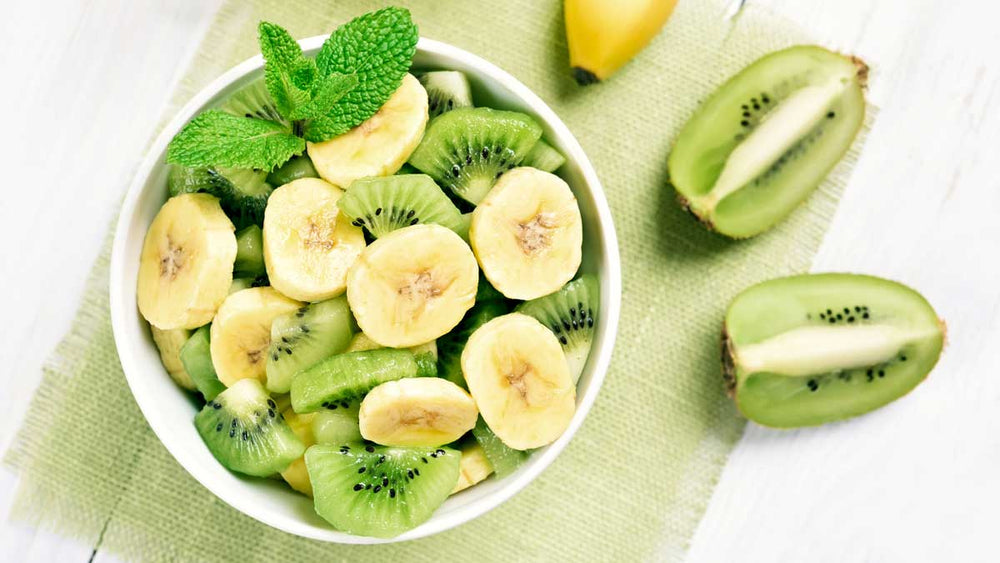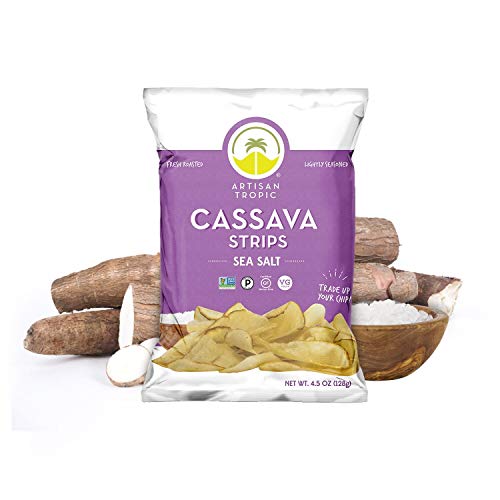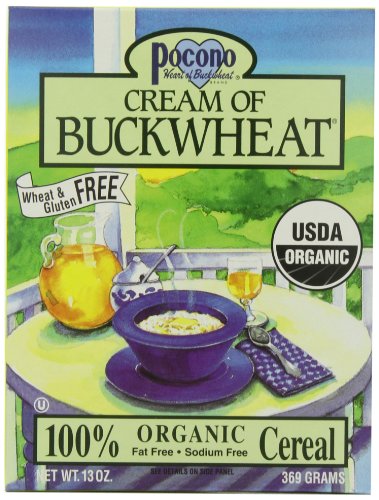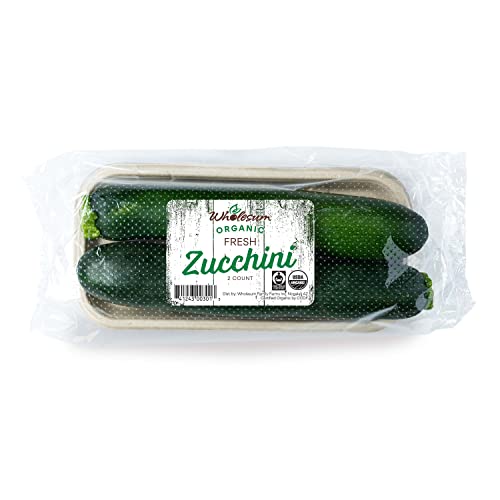When it comes to having any food allergy, learning what foods you should avoid may burst your balloon.
Generally, you are looking at food items that end up being an ingredient in many other foods you enjoy. This involves the arduous task of reading ingredient lists, learning other names for a food item, or going to a manufacturer’s website to get specific details.
Either way, you know that consuming that specific food you are allergic to can elicit a reaction. What happens when your allergy isn’t to a particular food, but you have allergic reactions triggered when you eat certain foods?
Have I confused you yet? Well, I am referring to people who suffer from a latex allergy.
With a latex allergy, sufferers' reactions can range from skin irritation, hives, runny nose, and in severe cases, anaphylaxis. Much like any allergy, the symptoms vary based on the severity of the allergy. With a latex allergy, reactions do not typically develop until after multiple exposures.
Let’s step back and learn a little about where latex comes from. Natural rubber latex is a product created by rubber trees. The sap contains latex, and a person is allergic to the proteins in natural rubber latex. This natural latex is used in many consumer products, especially medical and dental supplies. Also, other consumer products you wouldn’t think of, like handbags, athletic shoes, underwear, balloons, baby bottles, pacifiers, and more.
What is tricky about a latex allergy is there are specific foods that can trigger your latex allergy reaction.
While these foods may not contain latex proteins, they have very similar ones. These foods are called “latex cross-reactive food.” Like any food allergy, you want to avoid consuming and exposure to these foods.
Latex protein foods are categorized as High, Moderate, and Low or Undetermined.
Depending on the severity of your latex allergy, you may be able to tolerate small amounts of foods in all categories. Still, avoiding high or moderate cross-reactive foods is always safest.

The list is extended for the low latex or undetermined foods, which do not follow any common patterns. Examples would be that they aren’t all cruciferous vegetables or all in the nightshade family. Since they are low risk, listing them is unnecessary, but if you do find you have unusual reactions to eating certain foods that aren’t listed above, you would obviously want to avoid that food. Nonetheless, if you are interested in low latex or undetermined foods- the Asthma & Allergy Network has a great list here.
If you know you have a latex allergy and were unaware of the foods that could cause a cross-reaction, I suggest starting to track symptoms, especially if you also have other food allergies or suffer from IBS/IBD. Continuing to eat these foods may trigger a flare-up with your IBS/IBD creating a “Dante’s Inferno” type situation you don’t want to experience.
Having as much knowledge as possible about your particular allergy is another tool to add to your toolbox. Understanding your allergy and cross-reaction foods will equip you to make better choices with foods or help you finally figure out the source of specific side effects you are experiencing.
- Latex allergy: Causes, symptoms & treatment. ACAAI Public Website. (2022, April 13). Retrieved April 12, 2023, from https://acaai.org/allergies/allergic-conditions/latex-allergy/
- Latex allergy and foods. Allergy & Asthma Network. (2022, October 7). Retrieved April 12, 2023, from https://allergyasthmanetwork.org/allergies/latex-allergy/latex-allergy-foods/



















Comments
Desaree Venema
05/27/2025 at 08:31 AM
My latex allergy is severe
Join The Conversation...